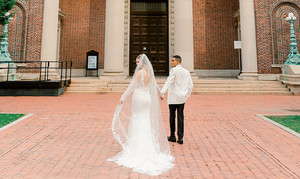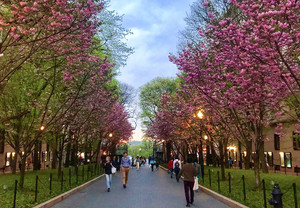Urban planners in twentieth-century America were torn between two impulses: to revitalize major cities or to abandon them.
A provocative new exhibition at Columbia’s Wallach Gallery in Manhattanville presents materials related to two projects that exemplify these dueling visions of American life. The first, the Harlem River Houses, a nine-acre housing complex built for African Americans in Manhattan in 1936, is now considered one of the most successful urban-renewal projects of its era. The second, Frank Lloyd Wright’s Broadacre City, a design concept he proposed in 1935 for a residential utopia dominated by green lawns and single-family homes, was never built but inspired countless suburban developments in the coming decades.
The exhibition, Living in America: Frank Lloyd Wright, Harlem, and Modern Housing, which runs through December 17, features drawings, architectural models, photographs, and documents dating from the 1920s to the 1950s.
“The difficult questions about American society that are raised by these buildings, projects, and ideas are as relevant today as they were then,” says Reinhold Martin, a Columbia professor of architecture who helped plan the exhibition. “This is a living history, in every possible sense.”


